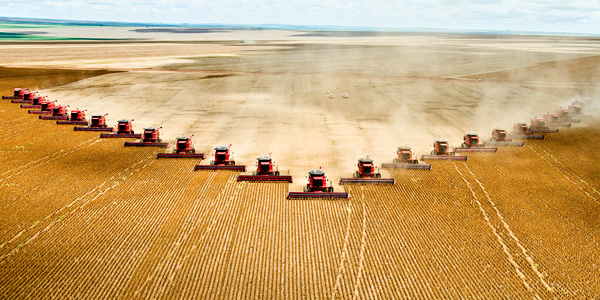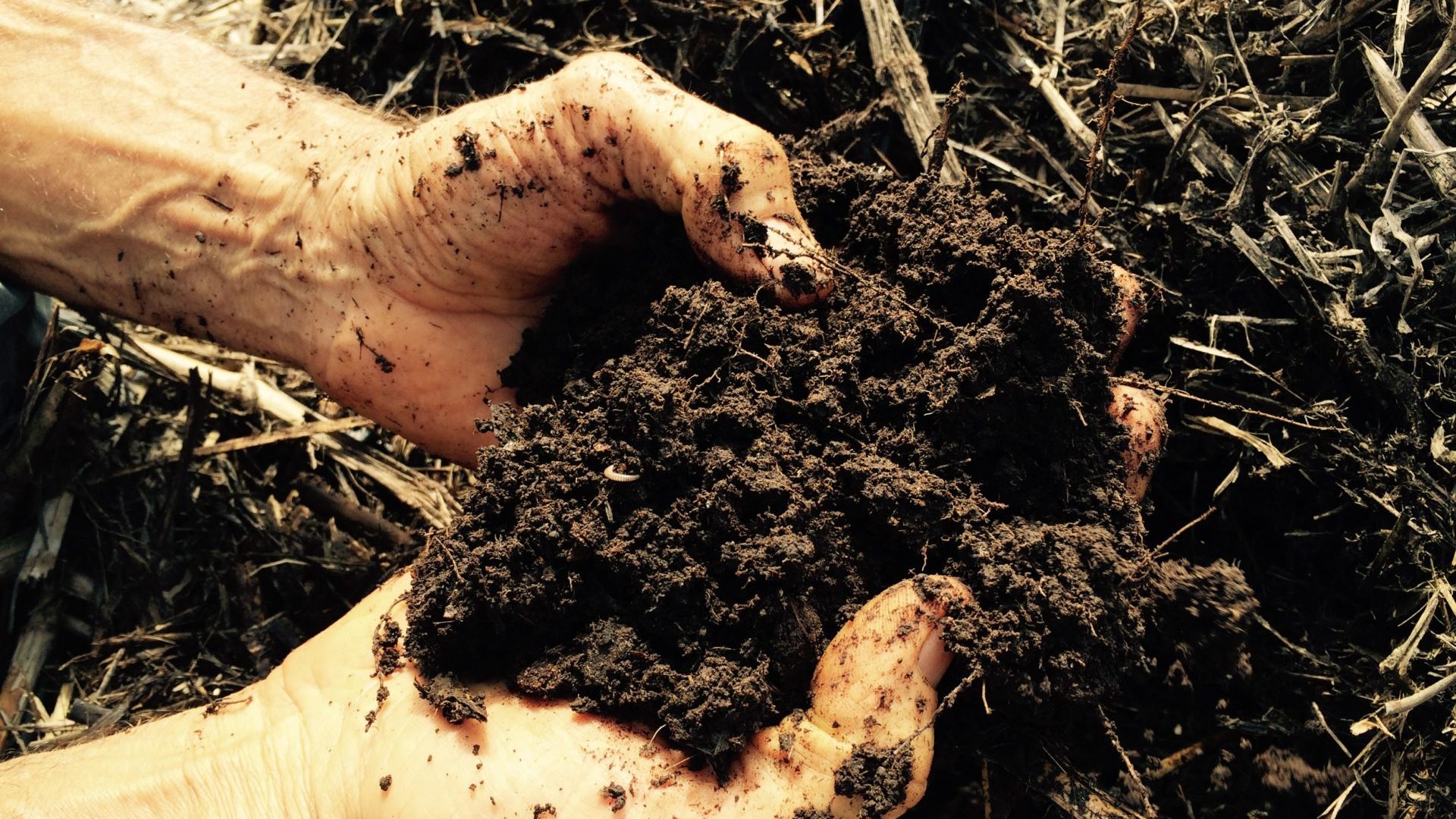The media has recognized how newsworthy stories about chemicals, unhealthy food and/or damaging agriculture practices can be. The spotlight on these issues gets brighter by the day. Free press is a great thing and the public outcry has led to multiple movements driving towards healthier food and farming practices that are better for the environment. Clearly the largest and most visible movement is organic farming where products are grown without the help of synthetic chemicals. Certifying foods as organic has been a huge hit with consumers and demand has boomed with consumers willing to pay 2X or more for organic items. Farmers have responded to this demand because the pricing regime it has created can be highly profitable. However, organic remains less than 2% of agriculture land in North America. In a nutshell, to be organic, a farm has to be chemical free as defined by the organic certification boards and there are numerous hurdles to meeting that definition. The language below is the organic motto:
“Organic farmers do not use the synthetic fertilizers or pesticides—herbicides, insecticides, fungicides—that pollute our shared air, water and soil. According to the National Organic Standards Board, “Organic agriculture is an ecological production management system that promotes and enhances biodiversity, biological cycles and soil biological activity. It is based on minimal use of off-farm inputs and on management practices that restore, maintain and enhance ecological harmony.”
The above statement is noble and its goals should be embraced. However, my view is that while organic is good, it is not great and not enough. Organic farming does not focus on what really matters which is the health of the soil. The charter of organic is to not apply synthetic chemicals and again this focus is a wonderful thing and a critical step but…..organic farmers can apply organic chemicals and they can till the soil. Even if farmers use natural products that kill pests, weeds or diseases, the problem has not been solved, but rather the farmer is treating a symptom. Treating symptoms versus fixing the problem is conventional farming.
In our opinion, to be successful the organic farmer should be focused on breaking the “downward” chemical cycle, not changing the type of chemicals applied. Additionally, and John Deere does not like this truism, but the facts are……if you till, you kill. What you kill is the micro-organisms in the soil and as I will keep repeating, killing the microorganisms kills the nutritional value of the food and nature’s balance. In reality, organic only goes half way, a true “switch” to fully sustainable farming requires working with nature instead of combating and fighting nature. The lack of focus on soil and the micro-organisms needed for healthy soil is the likely reason much of the organic food produced is not a nutritional uptick.


